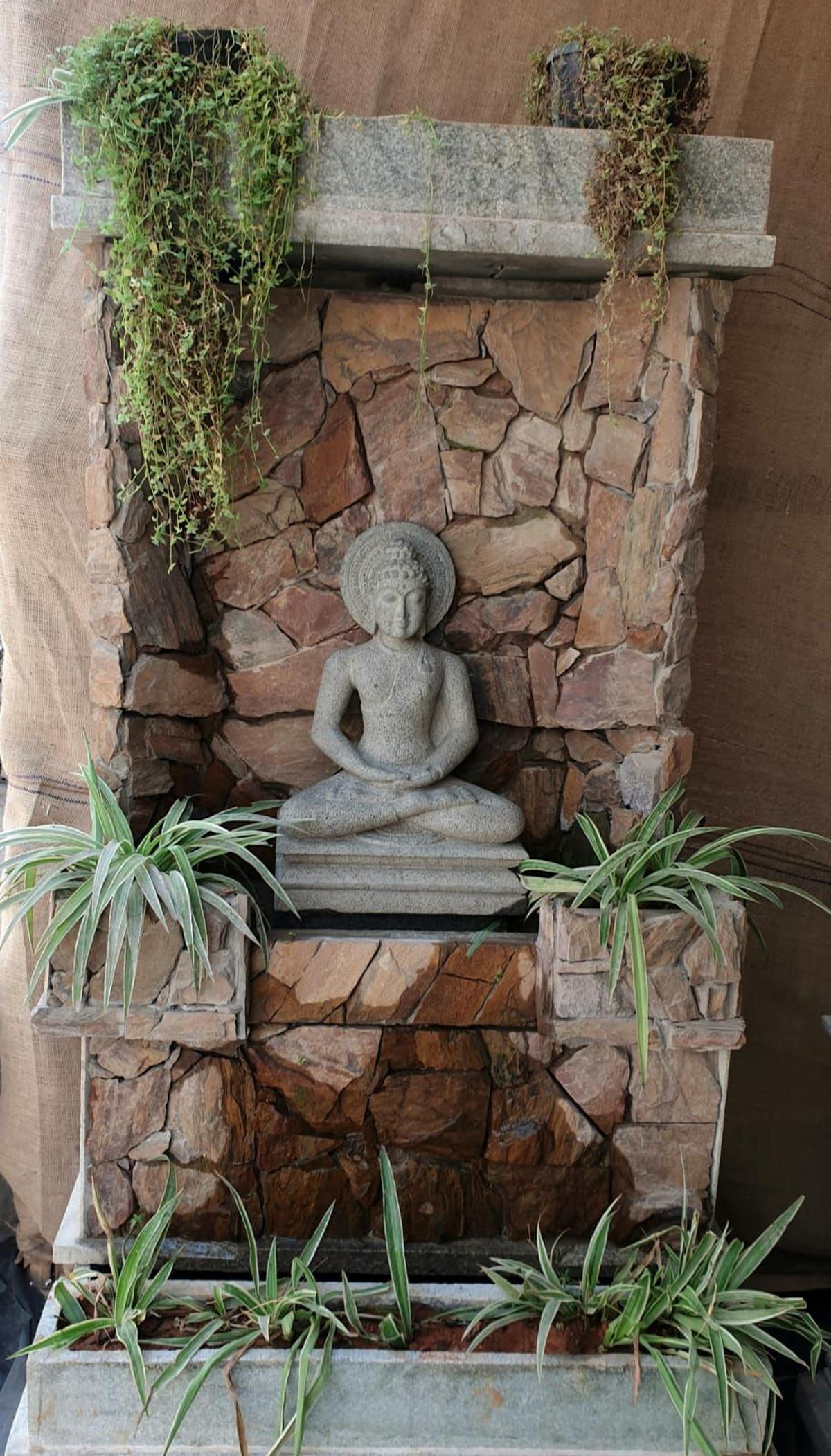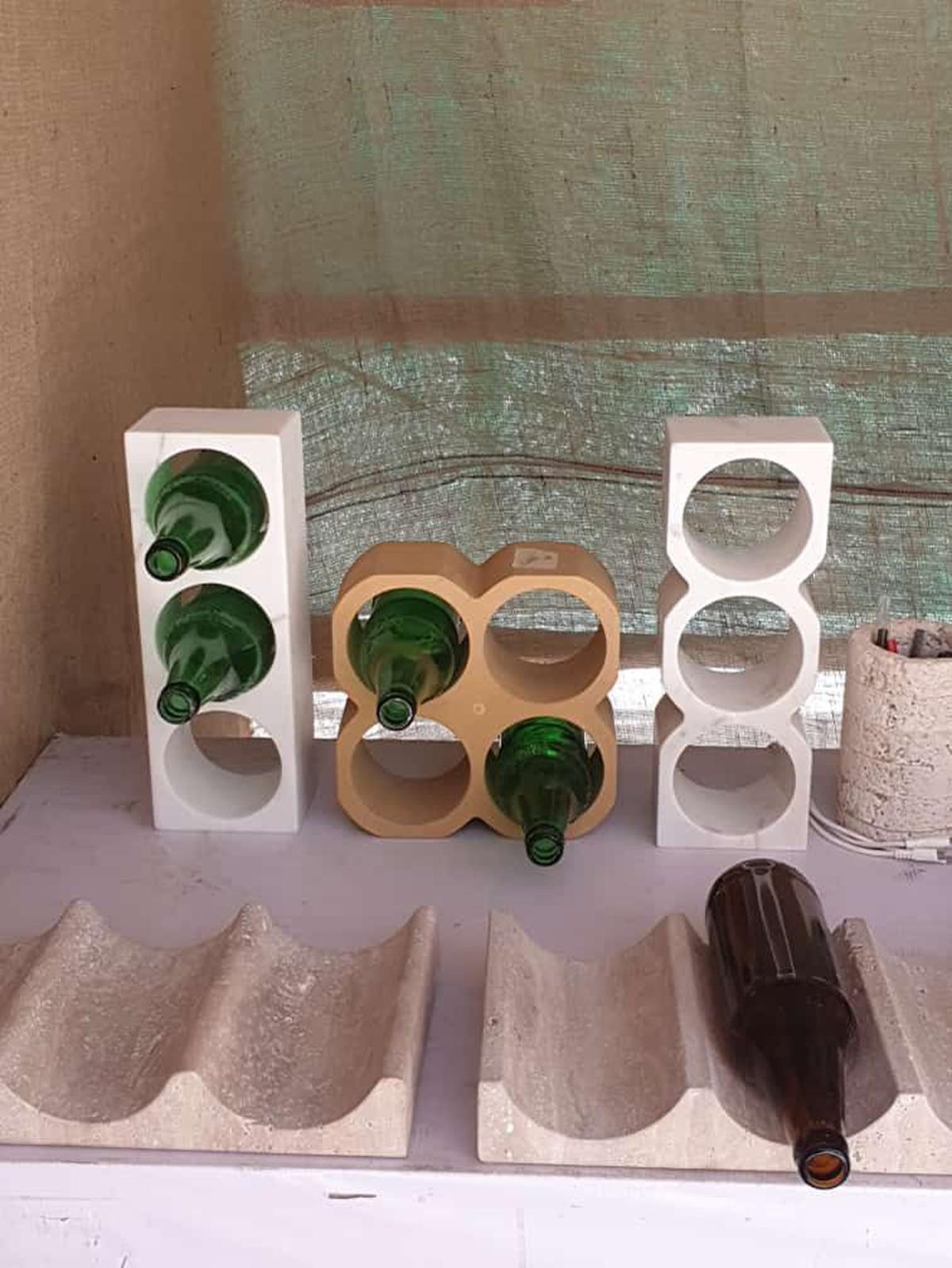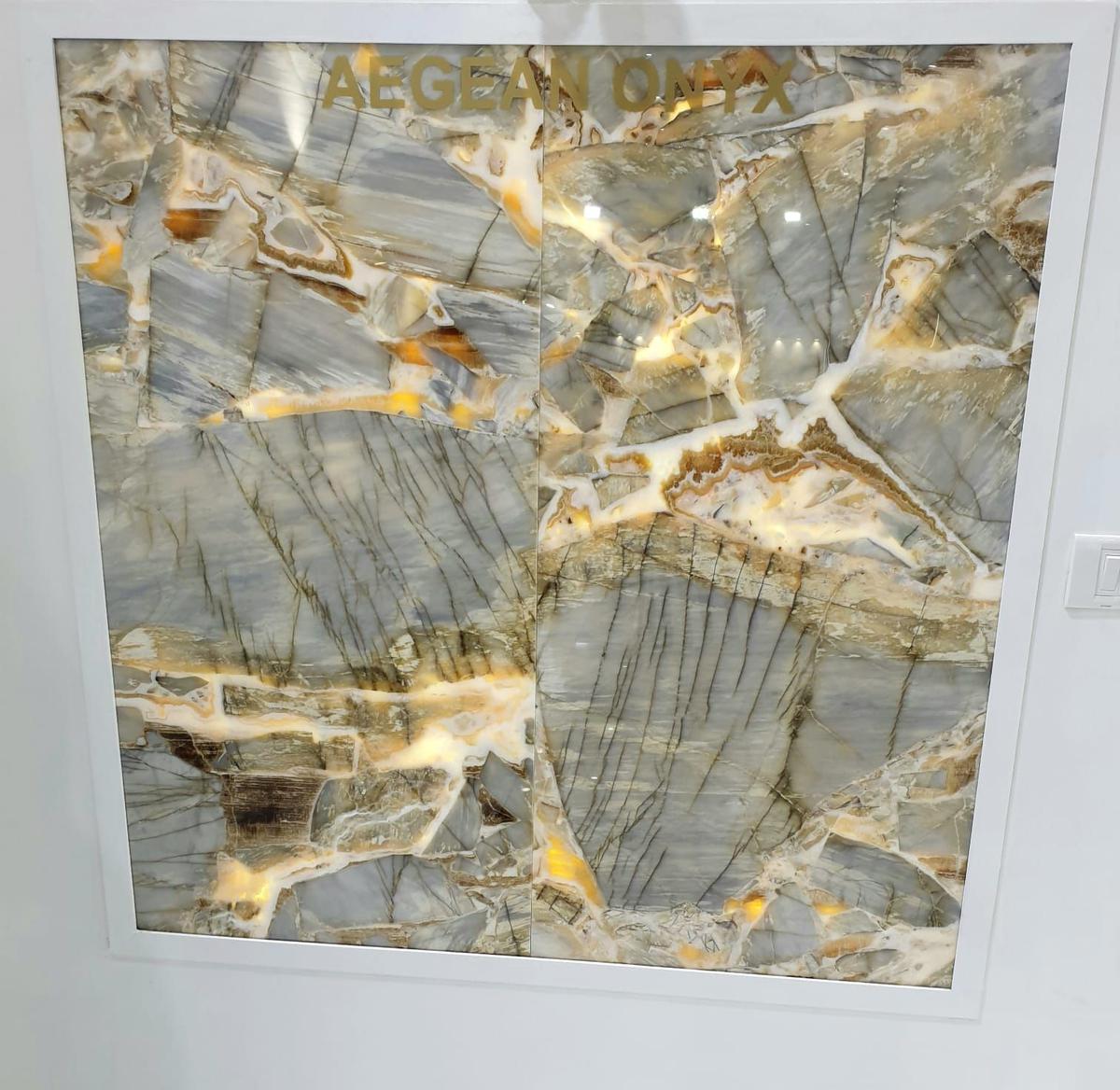Enticing display of stone art and natural stones
A dip back into the history of architecture and buildings in the country reveals a continuous courtship with natural stone, be it granite, marble or any other variety.. Not only were the iconic buildings of India built totally in stone, the buildings also served as a fertile ground for the erstwhile stone artisans to reveal their prowess, the astounding carvings on them continuing to leave the onlooker speechless even after many centuries.

Buddha in stone
Natural stone continues to hold this interest even in the contemporary scene, with strong aspirations displayed to incorporate them in the built spaces, either as flooring, as a highlight wall, as motifs to accentuate a particular décor, or as art pieces. Whatever be the theme of the décor or the functional use of the space, the presence of natural stone in some form is much sought after and held in high esteem.
Bengaluru is currently host to a stunning display of natural stone from various parts of the country and across the world at the 15 th edition of the stone fair, STONA 2023. The bi-annual four-day exhibition from February 15 to 18, hosted by the Federation of Indian Granite and Stone Industry (FIGSI), has over 3,000 stalls along with a special enclosure, Shilpgram, where 30 stone artisans from across the country are participating and displaying their wares.

Imaginative carving of daily life
Stunning variety on display
The stalls have on display an immense variety of natural stones, each type coming in a range of finishes, be it matt, gloss, or leather, the rich display hosting stunning patterns of grain formations. The mind-boggling patterns and shades on these natural stones are the result of the fusion of metals and minerals, manifesting as exotic granular configurations and colours.

Household items
Be it a water flow pattern, colours miming the setting sun, a fossil imprint or a pattern akin to a splash of modern art, the range on display stands testimony to the ground conditions they were quarried from and the centuries of nature’s imprint in their formation. On display are also a range of new varieties of granite from Rajasthan which include green, blue, yellow, brown and white colours.
Sculptural extravaganza
Shilpgram serves as another royal treat for the eyes to feast on, with a range of sculptures, stone artefacts on display. An exquisite Krishna sculpture with intricate carvings sculpted by renowned stone artist, Rakesh Kumar Maharana from Orissa, features at the entrance to the hall, leaving the viewer spellbound by the detailing and skill of the craftsmanship employed, laying the benchmark for more suchartworks on display.

Exotic patterns
Be it a superbly carved Nataraja or the Ganesha in pink stone, the Buddha in onyx, or a range of smaller sculptures in soap stone and marble, household items such as pot holders, table fountains, trays, jewellery boxes, stone mosaic art made with waste stone pieces, the range on offer in Shilpgram is extensive and captivating. Depending on the intricacy of the carvings and size of the sculpture, each master piece can take between 3 months to 3 years for completion. An artisan training institute from Bidadi, KPJ Prabhu Artisan Training Institute, also has its students displaying their sculptures in soap stone.
Addressing sustainability
Though natural stone continues to be much sought after both by architects and end consumers, questions have risen about the impact of quarrying on environment, while the natural stone industry too has had to face multiple challenges to ensure its sustainability.
“Many quarries have been shut in Karnataka and this has impacted the processing units which are currently working at 30 per cent capacity and relying on raw materials from neighbouring States”, lamented S. Krishna Prasad, General Secretary, FIGSI. “To increase sustainability of the quarries and facilitate ancillary activities, the area assigned needs to be increased to 5 acres from the current one acre, with the area addressing the ancillary activities situated within 2km of the quarry zone”, he added.
Speaking on the disposal of quarry waste Prasad opined that the waste can be put to multiple use where sustainability quotient reigns high such as utilisation in making artificial sand, as aggregates, gravelling in landscapes, use in laying roads and other infrastructure related activities. “The empty quarries can also be turned into rainwater harvesting ponds in states like Rajasthan”, he pointed out.
As for skilling the labour employed in the industry as well as social and infrastructural development of the zones around the quarries, Prasad stated, “30 per cent of the royalty is assigned to District Mineral Fund for rehabilitating the quarrying zones. The Federation is also setting up shortly skill centres in Jaipur and Hosur to empower labour in the industry.”
For all the latest Entertainment News Click Here
For the latest news and updates, follow us on Google News.
